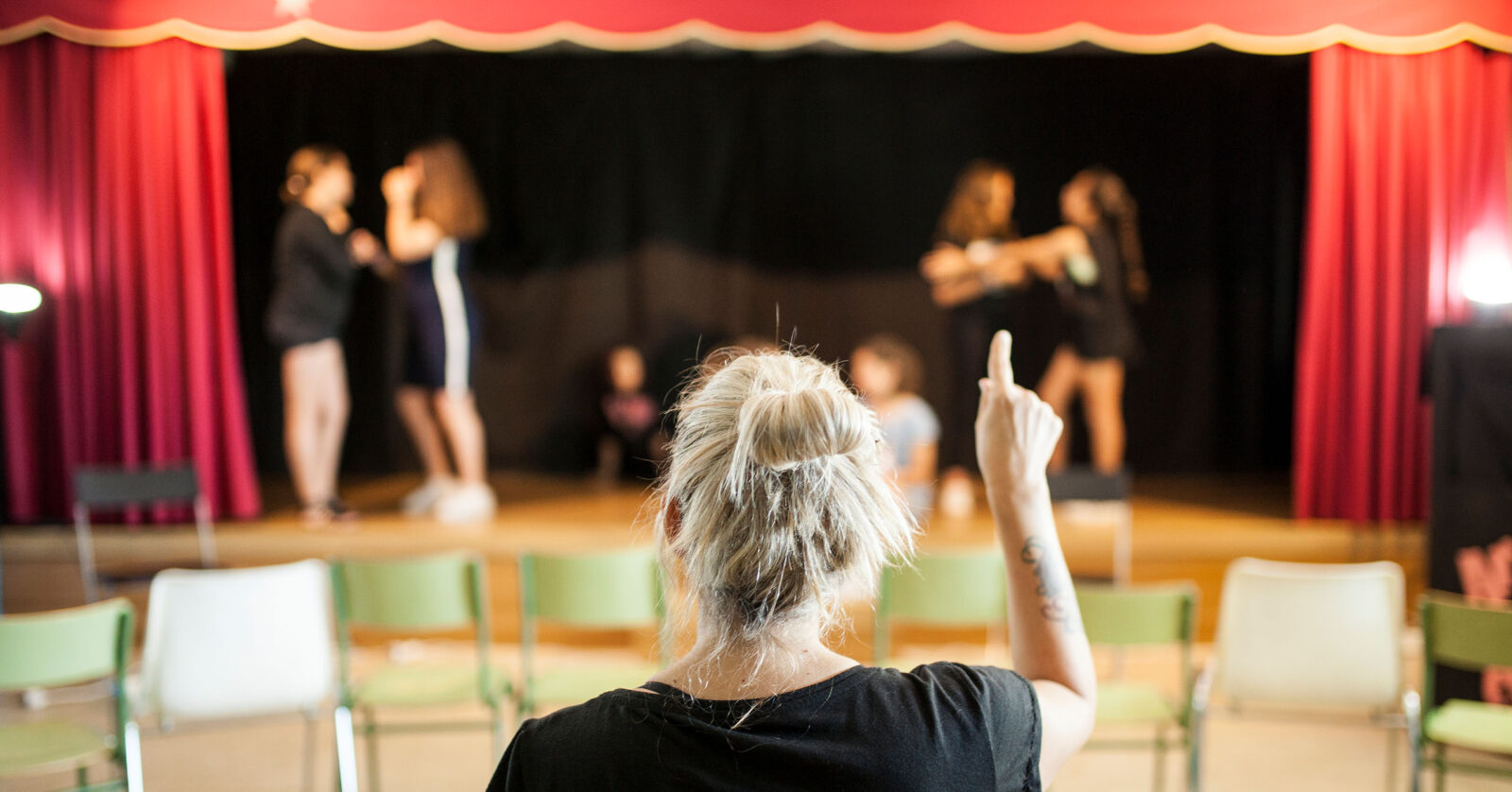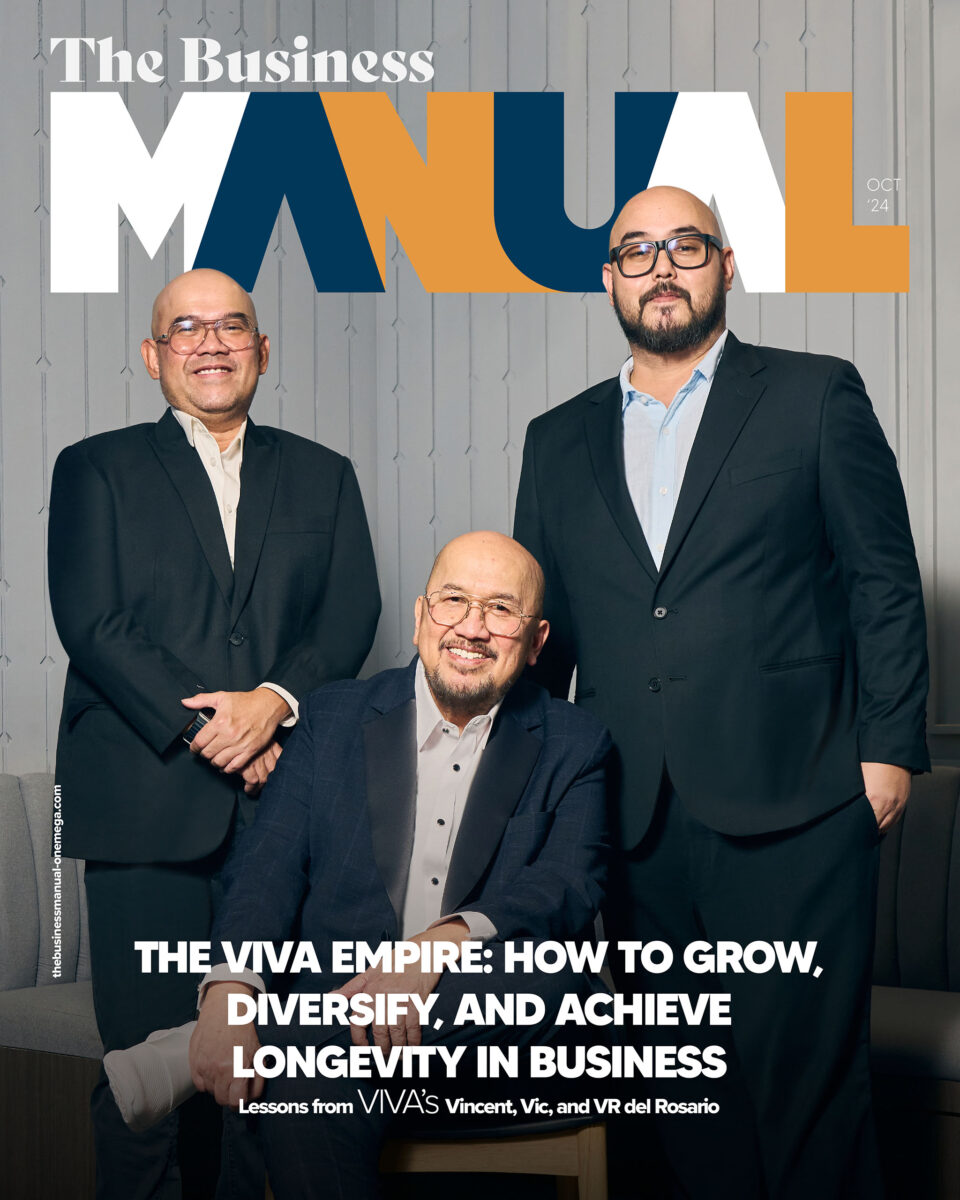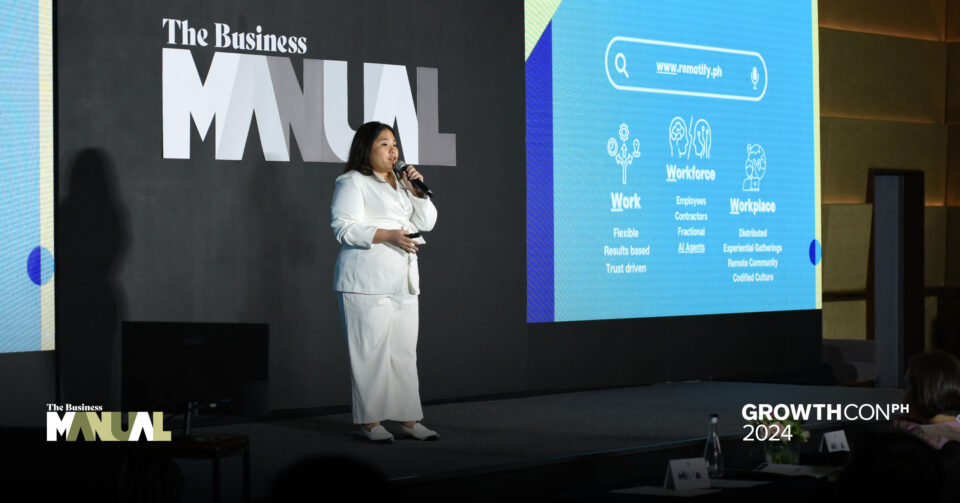[Ask TBM] What Should Entrepreneurs Know About the Business of Theater Production?

There’s more to staging a theater production than just picking a well-known musical or play.
The Philippine theater industry has seen significant growth in the past couple of years. This has been evident in the number and variety of theater productions—both international and local—that have been staged in the country.
Just last year, tickets to Hamilton easily sold out as avid fans who’ve been waiting for the musical to arrive on Philippine shores finally got their wish. Productions of theater classics such as The Sound of Music, The Phantom of the Opera, and CATS have also delighted Filipino fans in the last five years.
In addition, local movies and music have been turned to musicals as well. Ang Huling El Bimbo The Musical delighted long-time fans of OPM band Eraserheads and introduced their music to the younger generation. One More Chance, The Musical allowed die-hard fans of the movie to enjoy Popoy and Basha’s story one more time in a different setting.
But what does it take to put together and stage a musical production? Is it enough to bring a theater classic or to use pop culture icons as reference in order to guarantee success?
The Business Manual asked GMG Productions Executive Producer Samantha Sewell for insights in order to get a deeper understanding of the business behind theater productions.
How do you select which musical productions to bring to the Philippines? What factors affect the decision-making process?
Our selection process is a balance of art and business. First, we gauge audience demand—we look for productions with a strong following, either globally or locally. Popularity in other markets often signals potential success in the Philippines.
We also consider the cultural resonance of the show.
From a logistical perspective, feasibility plays a major role. We evaluate the production’s scale, technical requirements, and the availability of suitable venues. Productions like Hamilton or Miss Saigon demand high production standards, so it’s important to ensure we have the right infrastructure in place.
Finally, partnership opportunities and the availability of the tour are key factors. Working with trusted local partners and securing Manila as a stop on the tour of the show are essential steps before we can commit to staging a production.
How do you gauge the profitability of a certain musical?
Profitability starts with box office projections, which are based on historical performance and the show’s existing popularity. We analyze ticket sales trends from other markets and how they might translate to the Filipino audience.
Next, we conduct a detailed cost versus revenue analysis. This involves considering the production costs, marketing expenses, royalty and revenue share, and more, against expected revenue from ticket sales, sponsorships, and partnerships.
We also rely heavily on audience interest and pre-sales. For example, if we see strong demand in the form of pre-sale registrations or high engagement online, it’s a good sign that the show will perform well financially.
What are the logistical challenges that come with bringing in and staging a theater production?
One of the biggest challenges is venue availability. It’s important to secure a venue that can accommodate the technical demands of large-scale productions, especially in a competitive market where venues are often booked in advance.
Transporting sets and equipment is also a major factor, especially for shows like Hamilton where intricate sets and costumes need to be shipped internationally. And, of course, coordination across teams—from local crews to international production partners—is crucial to ensure everything runs smoothly.
How do you usually advertise your theater production so that it reaches its intended audience? What channels do you utilize when you advertise?
We leverage a combination of social media platforms—Facebook, Instagram, and YouTube are our primary tools. Paid ads, behind-the-scenes content, and promotional videos generate buzz and engage a wide audience.
We also work closely with local media, using TV, radio, and print to reach those who might not be active online. These traditional channels help broaden our reach.
Partnerships and collaborations with influencers and brands, as well as with institutions like Solaire Resort, further amplify our message. We have been fortunate enough to find strong partnerships in UnionBank, Robinsons Land Corporation, and Philippine Airlines to name a few.
Lastly, we utilize direct communication channels like newsletters and email campaigns. We work with ticketing platforms such as TicketWorld to ensure that those who are interested in the production are kept informed about important dates and promotions.
For entrepreneurs who are interested in bringing in and staging a theater or musical show, what should they know about ticket pricing and sales? What concrete tips and advice can you give regarding this?
One of the most important things to understand is price sensitivity. The Filipino market is diverse, so it’s crucial to offer a range of ticket prices—from premium to more affordable options—to cater to different segments.
Dynamic pricing is another useful strategy. By adjusting prices based on demand, you can maximize revenue. For example, offering early bird discounts or premium pricing for weekend shows can help drive sales.
Encouraging advance sales through promotions or special packages can also ensure better cash flow.
What other concrete tips and advice can you give to fellow entrepreneurs who want to dip their toes in the theater/musical industry?
First and foremost, it’s essential to understand your market. Invest time in researching your audience’s preferences and spending habits, as these will heavily influence your production choices and pricing strategy.
Building strong local partnerships can make a significant difference. Partnering with local media, businesses, and influencers can extend your reach and strengthen community engagement.
I’d also advise having a long-term vision. Don’t just think of bringing in one show; consider developing ongoing relationships with international theaters and local creative talent to create a sustainable business model.
Lastly, always have a contingency plan. Theater productions are live events, and unexpected challenges—be it weather, cast changes, or technical issues—are bound to arise. Being prepared with backups can save you a lot of stress and potential losses.
Samantha Sewell is the Executive Producer for GMG Productions. GMG Productions is a leading name in Asia Pacific’s theater landscape and has presented iconic productions such as Les Misérables and The Phantom of the Opera in the Philippines.






